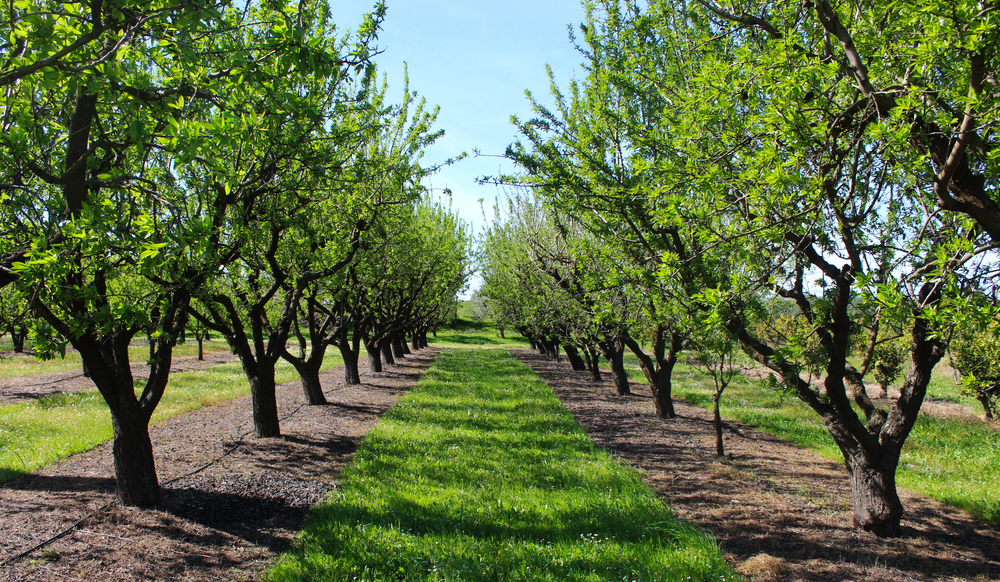Humic substances such as lignin and charcoal are formed by the microbial degradation of dead plant matter. Among these substances are humic acids — complex molecules that exist naturally in soils, peats, oceans and fresh waters. Humic acid is not a single acid; rather, it is a complex mixture of many acids containing carboxyl and phenolate groups.
Humic acids and other humic substances have a demonstrated ability to:
- chelate (bind) soil nutrients
- improve nutrient uptake
- reduce the need for nitrogen fertilizer
- remove toxins from soils
- stimulate soil biological activity
- solubilize minerals
- improve soil structure
- and improve water holding capacity.
Bio-fertilizers are microbial-based inoculants (preparations containing living microorganisms), which enhance production by improving the supply of crop-available nutrients in the soil. Andaman Ag sells an array of these products in many forms and pricing. Nutrients combined with a microbial platform equals more efficient mineralization. The result is increased nitrogen fixation and the conversion of insoluble phosphorus in the soil into forms available to plants.
Micro-nutrients play essential roles in vegetative and fruit development. These elements are more available at lower soil pH, less available in leached sandy soils or those where the cation exchange capacity is low. Micro-nutrients like iron help synthesize chlorophyll, improving the plants’ ability to convert and store energy from the sun through photosynthesis. Others, like zinc, activate enzymes responsible for the synthesis of certain proteins, helping the conversion of starches to sugars. Finally, micro-nutrients like manganese participate in several important processes, including photosynthesis and the metabolism of both nitrogen and carbohydrates.
The clear picture that’s being drawn is the micro-nutrients are revving the engine of the plant by contributing to increased photosynthesis that, in turn, feeds the soil biology that augments the mineralization of nutrients like nitrogen, phosphorus and potassium. Humic acid stimulates soil biological activity and improved nutrient uptake. The combination of products, micro-nutrients and humic acid, does a better and more efficient job of processing minerals. Studies produced significantly higher values of N, P and K content in leaf petioles when compared with other treatments.
Growers can save money by using fewer NPK inputs while achieving better results. That’s a Return On Investment that’s simple to apply and makes a great deal of sense!
Andaman Ag sells an array of microbial macro and micro-based nutrients, humic acids, and more, for application in numerous circumstances.





